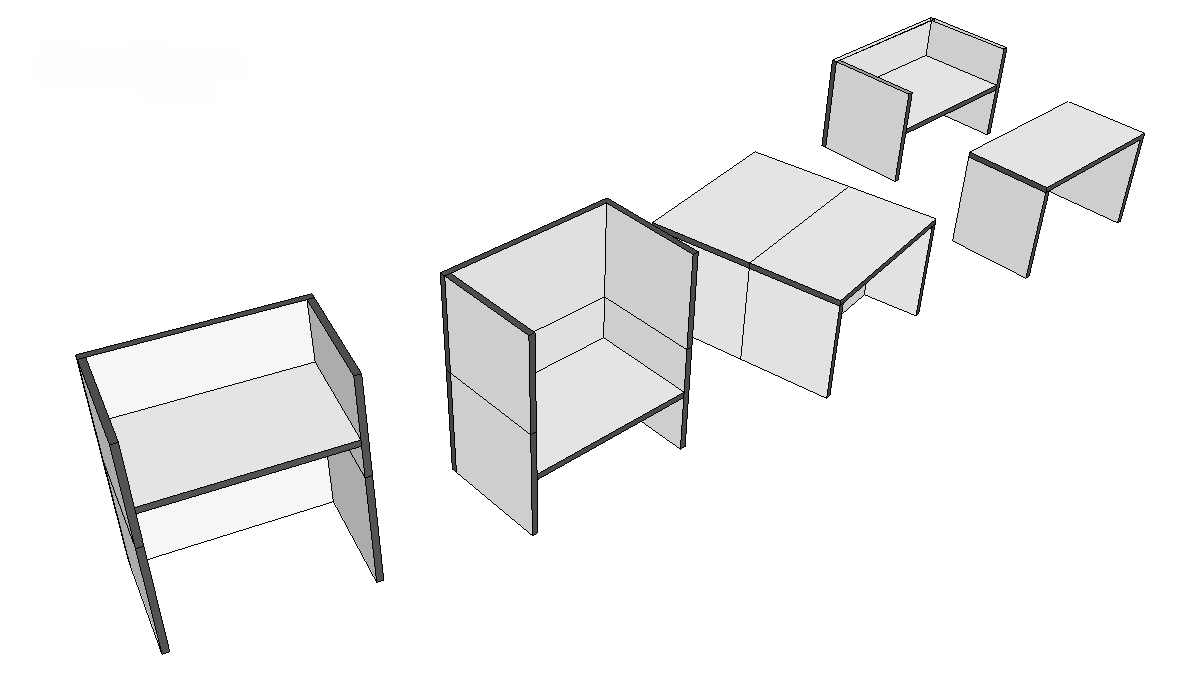


What Are the Use Cases of Multi-Cloud Storage Supplier-Integrated Services: You can also work with services and integrations with third-party providers that integrate with one or more provider platforms.Typically offered via your native cloud providers’ marketplace of partners.
#Multi counter with storage file software#
Marketplace Storage Services: These solutions involve pre-built virtual machines or orchestration software that connect pre-configured multi-cloud storage solutions. Native Public Cloud Solutions: Since multi-cloud storage systems are often public, providers of public cloud services (AWS, Microsoft, Google) will also offer options for integration with other cloud environments or to manage a multi-cloud environment through their infrastructure. Some of the different types of multi-cloud storage systems include: These flavors are structured around the fact that multi-cloud systems can span many platforms and vendors, meaning there is the potential for significantly heterogeneous systems. Like most technologies, there are many flavors of multi-cloud environments. What Are Different Multi-Cloud Storage Types? A multi-cloud environment can allow for flexibility regarding where and how different kinds of data are stored. Storage solutions won’t necessarily count on specific computational capacities or architectures. In particular, cloud storage is well-suited for a multi-cloud setup. They can provide more robust environments for organizations that can work with more varied and disparate cloud architectures for different aspects of their infrastructure. Multi-cloud offers an alternative to hybrid cloud systems. However, rather than being composed of public and private cloud systems from the same vendor, a multi-cloud is built from multiple (typically public) cloud environments from multiple vendors. Multi-Cloud: Multi-Cloud systems are somewhat like hybrid systems. The private resources often serve as stable and secure environments for mission-critical operations, while the public resources handle large-scale processing and scaling demands at cost. Hybrid: Hybrid environments combine both public and private services for organizations. Private clouds aren’t cheap, however, nor do they scale as well as public environments. More and more providers, however, are looking to offer hosted private solutions for security-conscious organizations. Often, private cloud resources are on-prem, held privately by an organization. Private: Unlike public cloud services, private cloud is self-contained, where users share no resources. 
This allows public cloud infrastructure to be flexible and scalable, cheaper, but less responsive or secure than its private counterpart. Public: Public cloud is most often what we think of when discussing “the cloud.” Users share public cloud resources–individual users will have instances of cloud architecture that are separated from others but will share access to hardware and resources.Generally speaking, we can break down cloud systems into four basic categories: The trade-off is that cloud systems require significant planning and careful implementation–which is why many organizations work with service providers to deploy and manage cloud resources. Cloud platforms provide organizations with massive storage and processing powers far beyond on-prem supercomputers or workstations. What is Multi-Cloud?Ĭloud infrastructure (or simply “the cloud”) is a collection of distributed processing and storage resources connected through software and network hardware functioning as a combined, high-performance, and highly-available computing system. Multi-cloud storage can increase data protection and flexibility but also bring challenges such as data integration and security. What is multi-cloud storage? Multi-cloud storage merges the services of more than one cloud storage vendor into one architecture. Curious about multi-cloud storage? We explain what multi-cloud storage is and its benefits and discuss challenges and ways to overcome them.







 0 kommentar(er)
0 kommentar(er)
